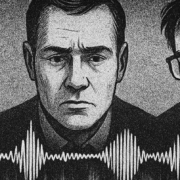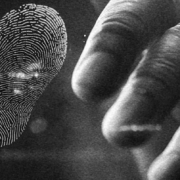I’ve seen bias more times than I can count. Felt it breathing down my neck in courtrooms. I watched it silently eat through science like rust. And the worst part? Most of the time, I can’t stop it. I’m just watching. Watching while objectivity dies in silence.
Let me be blunt. A forensic investigator from the state police, let’s say an officer from the LKA or in the US, the FBI, testifying as a “neutral” expert witness? That’s a joke. She’s not neutral. She’s part of the prosecution. She will never lift a finger to exonerate the accused. She won’t do a damn thing if it might help the defense because neutrality isn’t rewarded. Obedience is.








